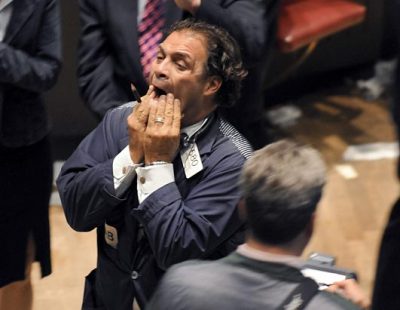Political Calculations has another wonderful, self-explanatory graphic:

Great blog. I’m going to add it to my recommendations.
Political Calculations has another wonderful, self-explanatory graphic:

Great blog. I’m going to add it to my recommendations.
The New York Times reviews The Haves and the Have-Nots, what appears to be a fascinating new book from World Bank economist, Branko Milanovic. In addition to the review, the Economix blog features this extraordinary representation of world income distribution by country:

Milanovic has broken income (adjusted for purchasing power) by country down into twenty “ventiles.” So the lowest five percent of income earners are in the first ventile and the richest five percent are in the top ventile. What this piece shows is that the poorest of the poor in America are in the 70th percentile of world income. Compared with India — the average American in that first ventile has as much income (adjusted for purchasing power) as the richest Indian ventile.
I find that astonishing.
I also note with interest that there is a very steep ascent of the American distribution, indicating the poor here are really, really poor in relative terms, but the rest of the country is in pretty good shape. The median income in the US in comfortably in the top 10% of world income.
Well, I’m pretty happy, but maybe that’s just me.
 There seems to be some difference in the moment-to-moment intensity of an auction theory class and that of an actual auction. Especially when the S&P is amidst an epic tank.
There seems to be some difference in the moment-to-moment intensity of an auction theory class and that of an actual auction. Especially when the S&P is amidst an epic tank.
As evidence of that proposition, here is the highly-recommended audio from an auction pit in Chicago. Sounds pretty exciting listening to a trillion dollars in wealth evaporate. So exciting, in fact, that I just set the “79s are trading” part as my ring tone.
I guess the LSB Chicago trip made it there a day late for this mayhem. I look forward to hearing all about it. Was there blood on the floor?
And, speaking of the Chicago trip, what is there to say about the level of awesomeness of the LSB program at this point? To quote Ben Lichtenstein from our audio clip, “Stop it, it’s got to hit a limit.”
(Picture taken from the Brokers with Hands on Their Faces blog).